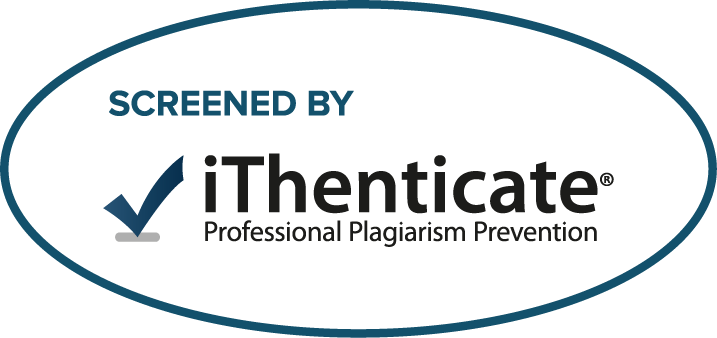Oral Health Practice, Incidence of Dental Caries, and Plaque Index of Visually Impaired Students: A Basis for the Development of Oral Hygiene Braille Manual
a Basis for the Development of Oral hygiene Braille Manual
Keywords:
oral health practice, visually impaired, totally blind, low vision, oral hygiene braille manual, the incidence of caries, plaque indexAbstract
Oral health is an integral part of a person’s holistic health but it still an alarming health concern
in the Philippines. This research focused on visually impaired students. Blind patients have a
higher prevalence of dental caries because they cannot envision the plaque and caries in their
oral cavity and would often struggle to obtain dental care due to their increased anxiety.
This is a cross-sectional observational study that aimed to produce an oral hygiene braille
manual based on the extent of oral health practice, incidence of dental caries, and plaque index
of the visually impaired students in a local school that caters for visually impaired. The
questionnaire form has 3 parts: (1) consent form (2) demographic questions: sight impairment,
primary care giver’s income, age, gender (3) and questions concerning their oral hygiene
practice. Results were correlated with the student’s caries and plaque using the following index
: Decayed Missing Filled Teeth(DMFT)/Simplified Oral Hygiene Index (OHI-S) .
Seventeen (17) students participated in the study, ranging from grade levels 1-10 and ages
from 8-21 years old. Eight (8) out of seventeen (17) participants have low-vision while the rest
are totally blind. The participants’ monthly family income ranges from below 10,000-
20,000php. All correlations were statistically non-significant. But since Oral health practices,
plaque index, and caries incidence were fair there is a need for prevention to aim for good oral
health practice hence, the creation of a manual focused on preventive dentistry
This pilot research had limitations that might have lead to the non-significant results of the
study such as: limited sample size, Hawthorne effect and limitation of index used. Therefore,
the author recommends future researchers to improve the survey questionnaires and use a more
accurate index to a larger sample size.
Downloads
Downloads
Published
How to Cite
Issue
Section
License
Copyright © 2024 ISC Committee.















